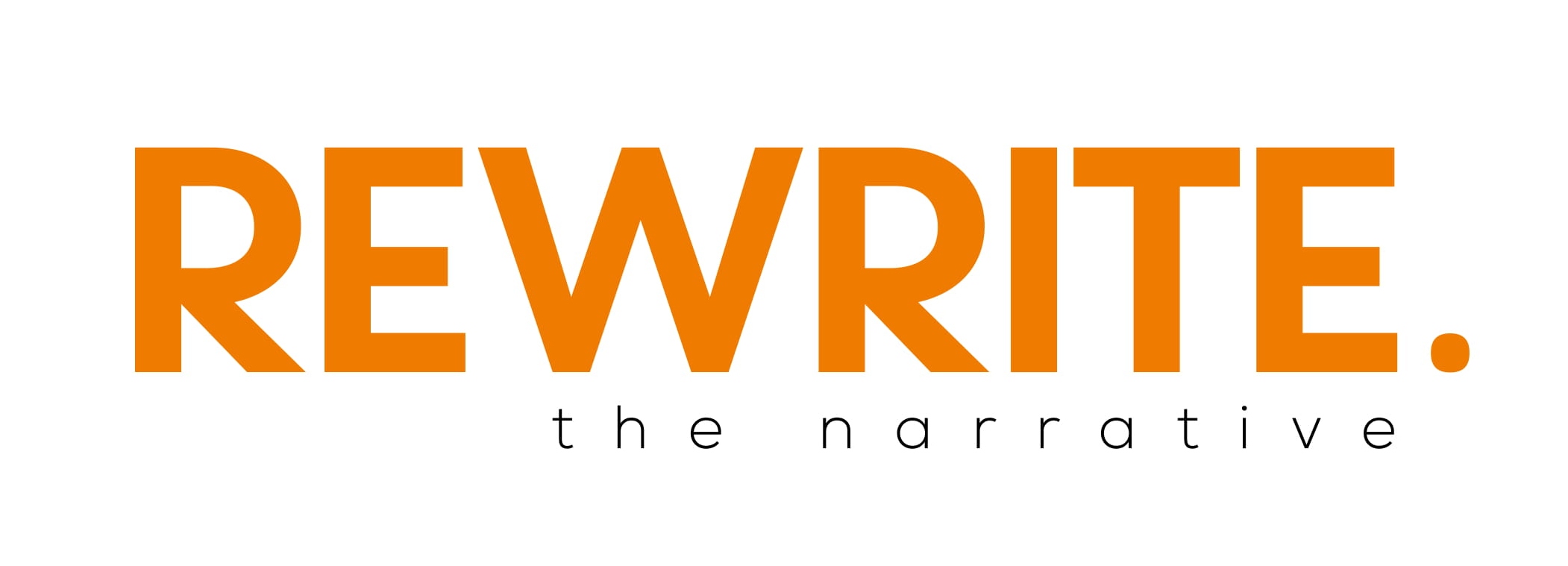Boundaries are not unspoken rules.
Set Boundaries, Find Peace: A Guide to Reclaiming Yourself | Self Help | Little, Brown | 304 pages | review by Zahrah Nesbitt-Ahmed
Counsellor and relationship expert Nedra Glover Tawwab begins the introduction of her debut Set Boundaries, Find Peace with a bold statement, “Boundaries will set you free.” With that opener in mind, I grabbed a notebook and pen and was taken on a journey to establishing healthy boundaries to create healthy relationships.
Structured in two parts, Set Boundaries, Find Peace is a comprehensive guide written in simple and thoughtful language.
Structured in two parts, Set Boundaries, Find Peace is a comprehensive guide written in simple and thoughtful language. Tawwab pairs the content on understanding boundaries with useful strategies and tips that the reader can integrate into their lives to improve their own boundaries. Set Boundaries, Find Peace does this by offering useful insights and anonymous examples of Tawwab’s clients’ experiences. The book asks several sets of questions to get the reader to critically reflect on boundaries while offering exercises at the end of each chapter to practice boundaries in multiple types of relationships, including family, romantic partners, friends, and at work.
Understanding the Importance of Boundaries
Ever wanted to know what the heck boundaries are? Part 1 gets the reader to understand the importance of boundaries, which Tawwab defines as “expectations and needs that help you feel safe and comfortable in your relationships.” This section goes beyond describing the concept to explaining what can happen when we avoid setting boundaries (burnout, depression, resentment); the feelings, thoughts, and limitations that get in the way of setting boundaries (sometimes we aren’t aware we need to set it, we don’t want to deal with the discomfort of setting it); the different types of boundaries (from physical and sexual to time); the implications (long and short-term) of consistently violating boundaries; and how to tell when a boundary is being violated (pushing someone to share information they aren’t comfortable sharing – a type of emotional boundary violation).
The Work of Setting Boundaries
Having set the foundation in the first section, Part 2 pinpoints the areas where we commonly need boundaries – family, work, romance, friendships, and technology – providing the reader with examples, stories, and exercises to truly ground the experience. For example, when it comes to family, Tawwab shares what boundaries with parents might look like (not pressing yourself to attend every family event) and sound like (“I’m dating someone new. When you meet them, don’t ask them when and if we’re getting married”). With work, Tawwab suggests ways to set ‘on-the-job boundaries,’ such as not checking work emails while on leave or not being available to take requests after hours, as that time is used to focus on family.
Be Assertive. Be, Be Assertive.
In providing practical tips and guidelines, Set Boundaries, Find Peace provides suggestions on how to identify and communicate boundaries in an assertive way:
Be clear and precise.
Directly state your need and request.
Deal with the discomfort.
These steps may not be easy to apply, which is something Tawwab acknowledges. However, according to Tawwab, incorporating them in a consistent manner will create a peaceful life. This is because boundaries aren’t about creating walls to keep people out. Instead, they are a process that shows people how to exist in a relationship with you. In indicating this, Tawwab brings out an essential point in this process – it’s as much about others respecting our boundaries as it is about us honouring our own boundaries.
“How do I set boundaries without feeling guilty?”
Another critical aspect of the book is acknowledging the discomfort that comes with setting boundaries. One of which is guilt. Tawwab states clearly, “there is no such thing as guilt-free boundaries.” In doing so, Set Boundaries, Find Peace encourages readers to recognise, and embrace, that guilt is part of this complicated process. Guilt isn’t a limitation but a feeling that will come and go. And, as with the rest of the book, handy tips are provided on how to deal with this guilt when it shows up, with helpful reminders like, “it’s healthy for you to have boundaries,” and “other people have boundaries that you respect.”
Boundaries aren’t about creating walls to keep people out. Instead, they are a process that shows people how to exist in a relationship with you.
Guilt isn’t the only discomforting feeling Tawwab raises – there’s also fear, sadness, remorse, and awkwardness – but highlighting them enables an awareness that there’s nothing wrong in having these temporary discomforts.
How Trauma Impacts our Ability to Implement Boundaries
While it’s a short chapter, Tawwab addresses the ways trauma impacts our abilities to set and honour boundaries and form healthy attachments with others. Set Boundaries, Find Peace also gets the reader to reflect on the shame that comes after trauma, which could, for example, lead to low self-esteem and people-pleasing.
Finding Peace
Prior to reading Set Boundaries, Find Peace, I was unaware of how important boundaries are to the relationships we have in our lives as well as to ourselves. Nedra Glover Tawwab opened my mind to this and did it in an extremely engaging and inviting way. I left this book extremely reflective and understanding that setting boundaries might be challenging, but doing so creates better and healthier relationships – not only with others but, most importantly, with myself.
I left this book extremely reflective and understanding that setting boundaries might be challenging, but doing so creates better and healthier relationships – not only with others but, most importantly, with myself.

